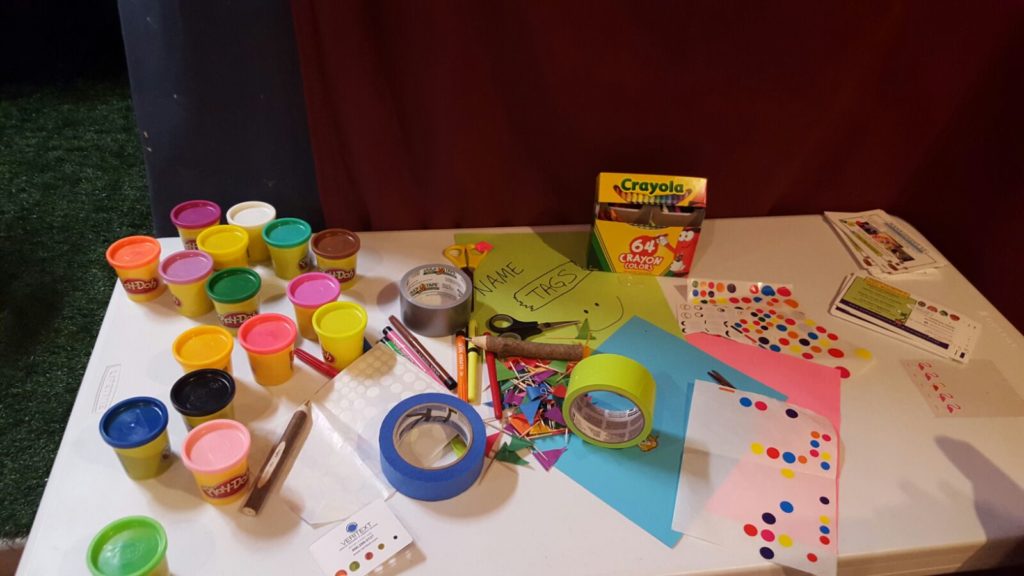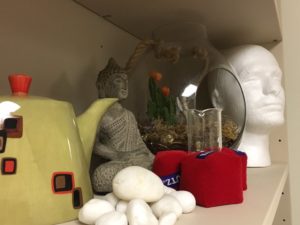by Vanessa Shaw
When I deliver workshops the participants are always buzzing with ideas. My objective is to help them to start implementing the learning right away.
A solution I’ve found helpful is to commit to micropractices. This is a concept I learned when I completed the Personal Leadership certification. A micropractice is a small habit change, that is done daily, and is so small that you cannot fail. If you want to implement meditation into your life, start with a 10 second meditation, not a 10 minute one. If you want to give up drinking soda, start by having half a sip less each time. Be consistent and overtime micropractices grow into habits. Then you can grow them into bigger behaviors in your life.
Let’s apply this start-small concept to implementing change in the workplace.
I came up with an idea to run micro-experiments and created the Experiment Pledge deck (more on this in a minute). My goal was to help my workshop attendees run their own experiments to improve engagement and productivity at work. Why attend a management course, and then not start implementing? Just like any kind of new approach, there’s some considerations that help the experiments gain traction and lead to more experimenting.
Four things to consider when experimenting with experimenting
1. Start with snack-sized experiments
When you were in high school or university – did they ever have an International Food Festival?
These have been a popular way to help the students have a direct experience with diversity. Sharing small servings of new foods was a pretty safe way to introduce the concept of trying new experiences. It was a lot safer than asking the students to move abroad and live with a host family. A small snack-sized experience, gives people a taste before they have overcommitted.
Similarly, try sharing bite-size introductions of the culture that you’re trying to craft at work. Don’t overwhelm colleagues or management with a grandiose five course meal. Don’t overcomplicate innovating the team culture. Start with snack-sized or “micro” experiments.

Example: If you want to encourage creativity, bring a 24-pack of play-doh and leave them on your desk with a sign, “Take some when you need it.” This is a better approach than buying a 400 pack and putting it in every conference room and on your colleagues desks, blasting an ‘all office email’ with five articles related to the importance of creativity and innovation.
2. Make experimenting visible
It’s well known that humans are stimulated by a variety of colors and textures, and many people are visual learners. Just look at how many colors of Post-Its there out there! In your design and explanation of experiments, use colors, pictures, drawings and props. And then leave them “laying about” or in highly public locations.
Curious colleagues will start to question, opening up a conversation. This is exactly where organizational change begins.
Examples:

a) If you want to improve communication, set up a Happiness Door in a visible location, to gather real-time feedback of happiness at the office. Snack-sized and visible – check! check!
b) I gave my workshop participants mini-beakers as reminders to keep on their desks, “What will you experiment with today?”
3. Include yourself in the experiment
You cannot help an organization transform itself, if you yourself are not on a transformational journey. It’s popular to think about how they want to change their organization or how we wished other people would do things differently. That’s a good path towards frustration. So, let’s try a new approach and start experimenting with our own habits. Ask yourself – what’s something that will improve happiness for me at work?
Personally, I love to doodle and drawing makes me happy. I also hear it’s good for creativity, innovation and idea flow.
Example: I am experimenting with graphic facilitation. I tweet about my drawings, and bring my coloring pens with me to coffee shops and client meetings. People ask me about it regularly. I brought a Sketchnote book and someone asked if they could buy it from me. I was surprised – but agreed – in the spirit of supporting others to experiment.
4. Extract the learning from your experiment
Once you’ve run your micro-experiment, it’s time for a retrospective
- Reflect on what you did and what you learned
- Did you make it snack-sized? Was it visible? How did you integrate it personally?
- How will you integrate your learnings into the next iteration?
- Fill out a new LEWI Card with the next iteration
To assist with the process of experimenting with experiments, I created the – Let’s experiment with it! Cards, or LEWI Cards.
How to use the LEWI Experiment Pledge card
- Reflect on something you’d like to improve in your team, organization or yourself
- Come up with an idea of how to experiment with something
- Check it – is it bite-sized? How will you make it visible? Are you making it yours?
- Run your experiment
Field Test
A few weeks ago I ran a course in the San Francisco Bay Area. It was a group of 15 electric and action-taking workplace innovators. They left the 3-day course with dozens of experiment cards filled out, ready to dive into experimenting back at work on Monday.
I keep getting updates from them about their experiments. The learning is taking place. Change is happening.
Happy workplace innovating!


What a great approach Vanessa! And thanks for sharing the LEWI deck. Last week I suggested a “Our Motivators” (the online Moving Motivators) experiment in my company’s Yammer ‘Change Management (The People Side) group. We’ll be running this with 3 people, me included in the next week. I’ll be sure to publish the results of the exercise plus a filled in LEWI deck back on Yammer. Snack-sized, visible, me included, and learning shared…